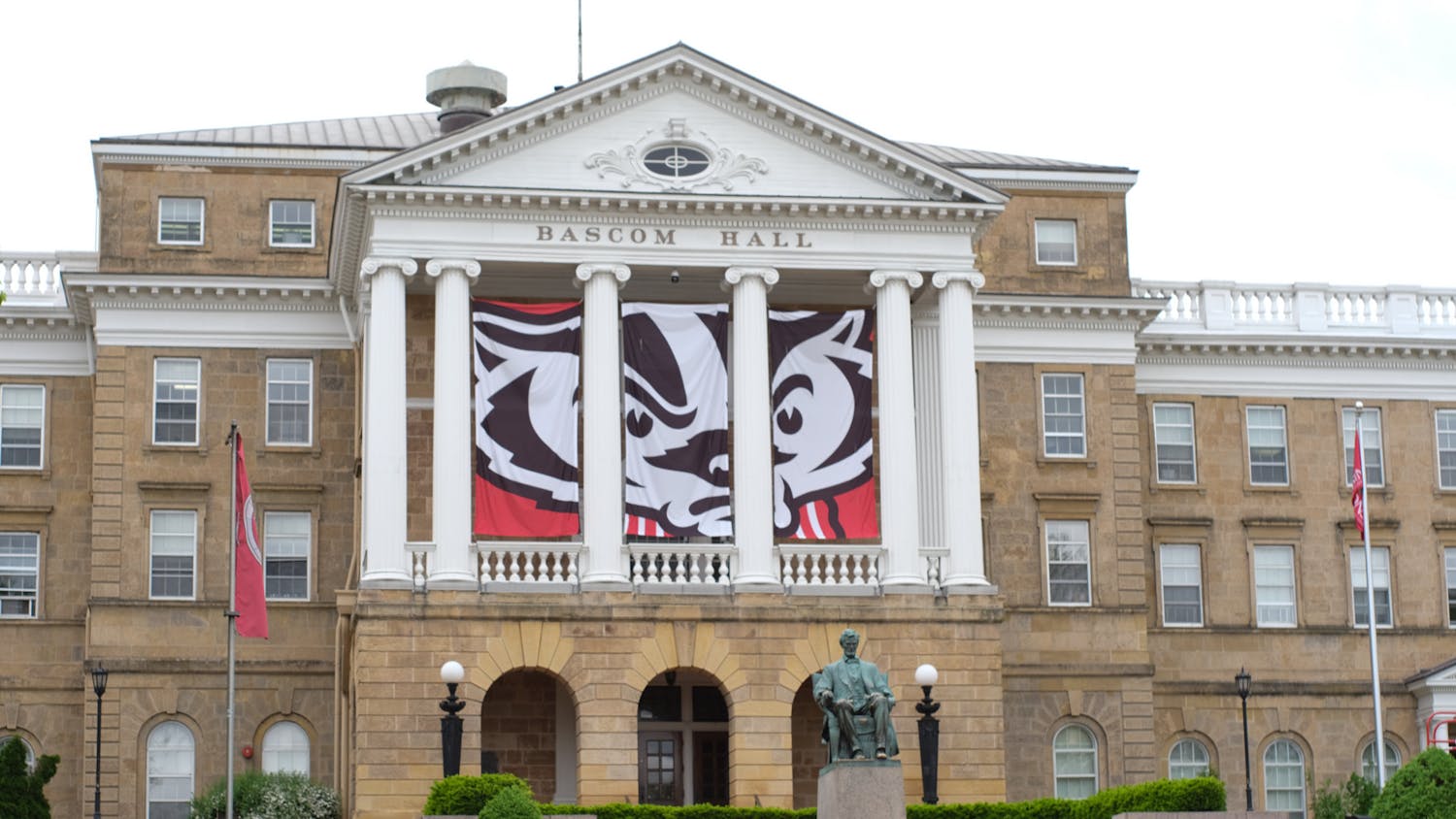As the roasted turkeys are carved and stomachs are filled to overflowing next Thursday, very few people will be thinking about what eating the Thanksgiving bird really means in terms of the impact that its production has on the nation and the world.
Few people think about it, which is the fundamental problem with the conscience, or lack thereof, of the American consumer. Americans must begin to understand that everything they buy has an effect on the rest of the world.
Our story begins in the wintry Wyoming plains, where the diesel- powered earthmovers chug along stripping soil off the coal fields, a giant auger moves the exposed black rocks to the waiting rail cars, which when full go clattering south toward Denver where the flames of the generator await them.
Converted into electricity, the coal pulses out of the generator through massive wires and transformers and soon reaches the outskirts of the city, where the hatchery gobbles up the voltage to power the hot red lights of its incubators.
The electricity flows to the incubators for a month before the little bird inside follows the instructions stamped into its brain from millions of years of evolution, and starts to peck its way out of the mysterious white globe that has been its home.
The young turkey, at this time no bigger than a baseball, then finds itself rumbling along in the back of a truck with 3,000 of its peers toward the plains of Nebraska. It arrives at its new home, a 300 yard-long shed made of steel sheets just extruded, formed, cut and shipped in from Eastern Europe.
The turkey grows fat under the Taiwanese-made fluorescent bulbs that light the shed, as it eats its way through pound after pound of medicated feed grown in Iowa, milled in Illinois, and shipped by rail to Western Nebraska.
When it is fat enough, the bird finds its way once again into the back of a truck, which under the power of exploding Venezuelan diesel fuel, hauls its cargo of birds to the south side of Chicago.
There the imported stainless steel blades from Germany slice away, while the white lights burn, the blood flows and the neat 15-pound balls of meat zip down the line wearing their new skins made of plastic shipped down from a refinery near Minneapolis.
The ink for the print that declares the turkey's weight and brand came in from a producer in South Korea, and the shipping crate it sits it was knocked together in the woods of the Pacific Northwest; they all end up on the cement loading dock at the supermarket in Madison.
The bird then makes its last trip, as it is loaded via Canadian-made paper bags into the back of the Japanese minivan, which fills up with Middle Eastern gas before motoring out to the suburbs. The propane that burns for five hours while the bird cooks was trucked in from west Texas, and the porcelain dish which holds it came in from China by cargo ship.
When the people gather, the various prayers are said, the bird is cut, and everyone is eating, who thinks about what the earthmover in Wyoming has to do with the meat in their mouth?
When a Thanksgiving turkey is eaten, ten gallons of fuel are burned, a quarter acre of land is strip mined, the Nebraska air is choked with diesel fumes, a meat packer loses another day of his life working for minimum wage and a Chinese worker is paid $2 for his 14 hours in the porcelain factory.
These events may not be directly caused by one individual purchasing and consuming a Thanksgiving turkey, but they are part of a globalized supply chain which depends on the ignorance of consumers for the profitable completion of its most damaging links.
So this Thanksgiving try it out. See how far you can trace the chain of events that led the turkey to your table, and decide if it was worth the immense amount of energy it took. Then take this tactic and apply it to everything you buy because it will make a difference. Happy Thanksgiving.





